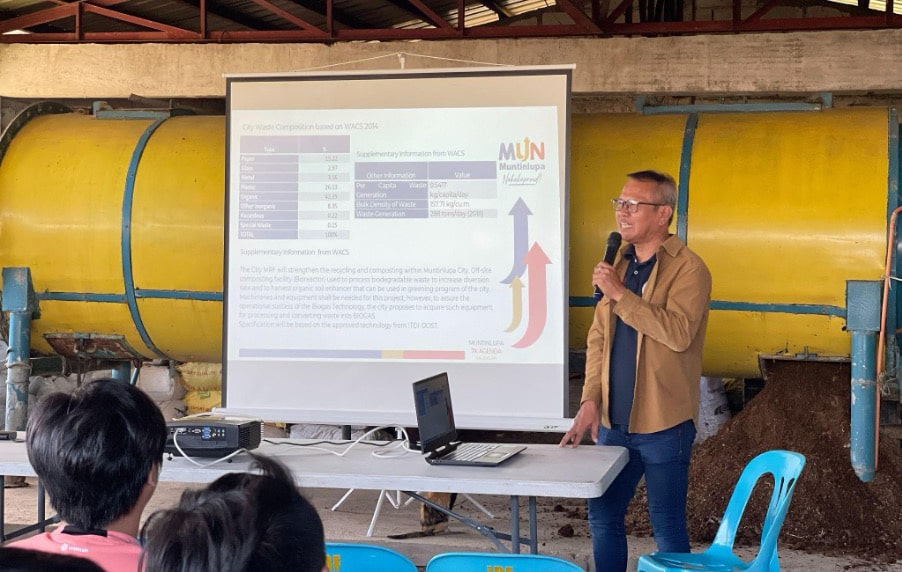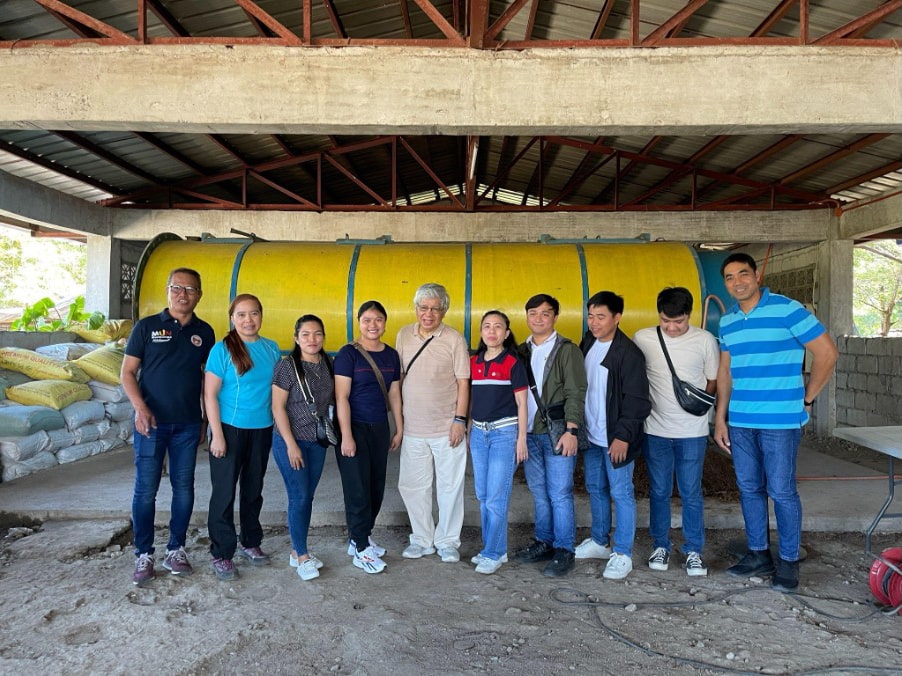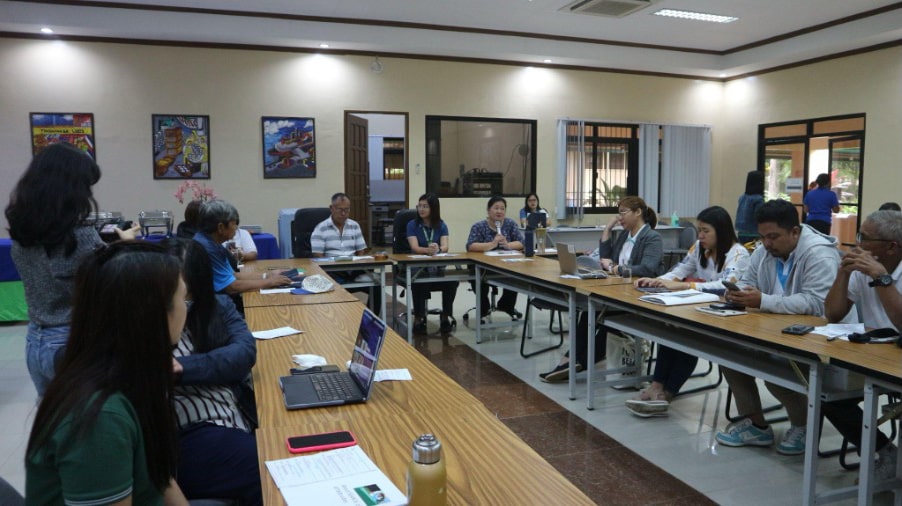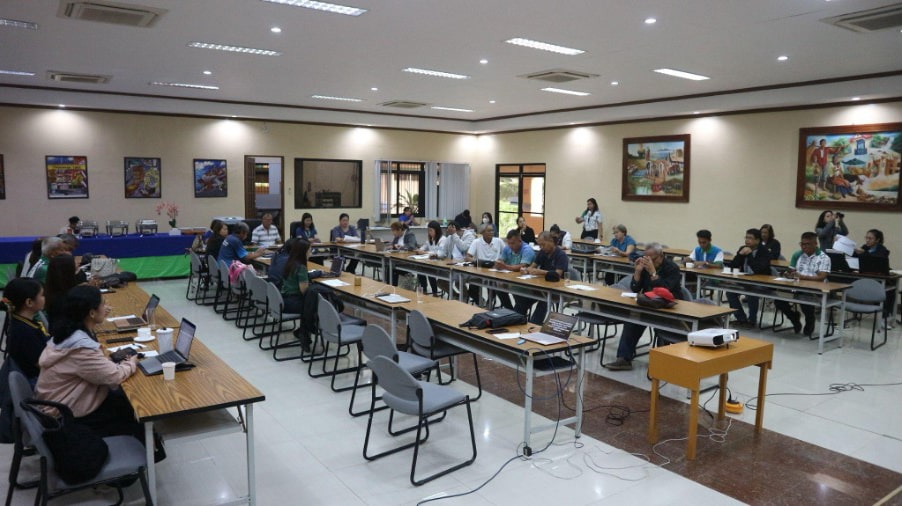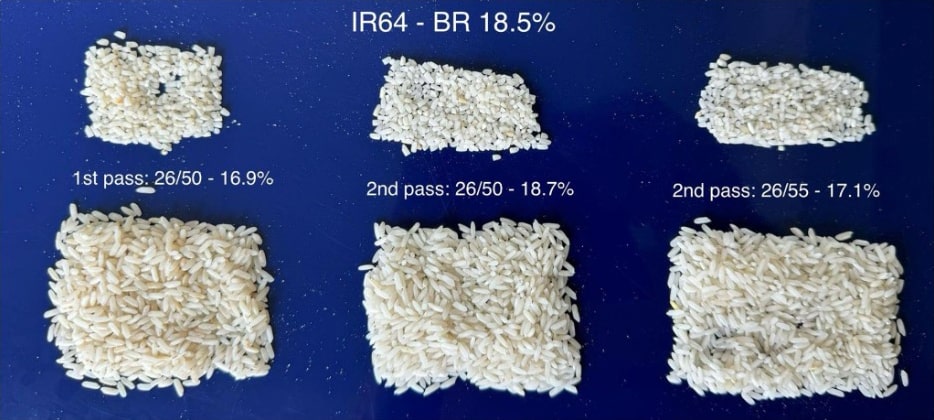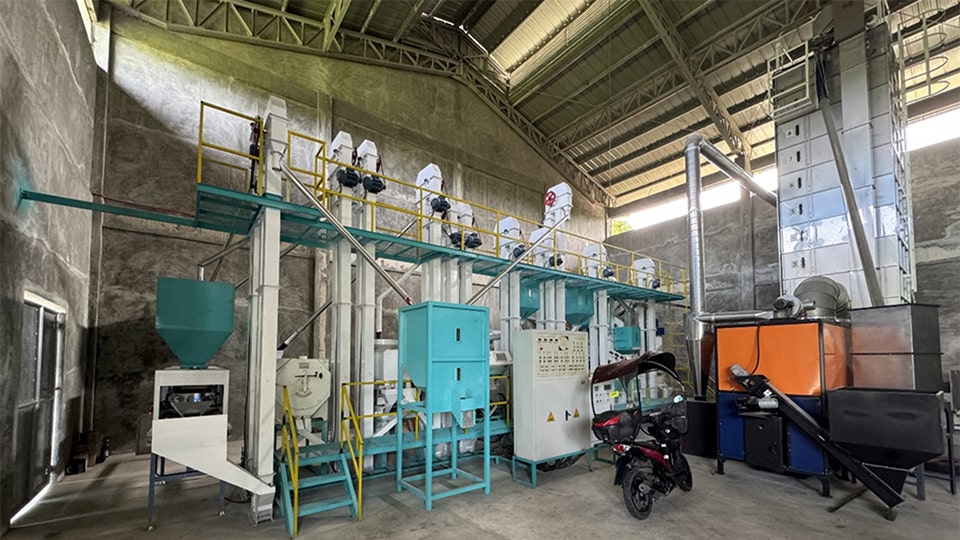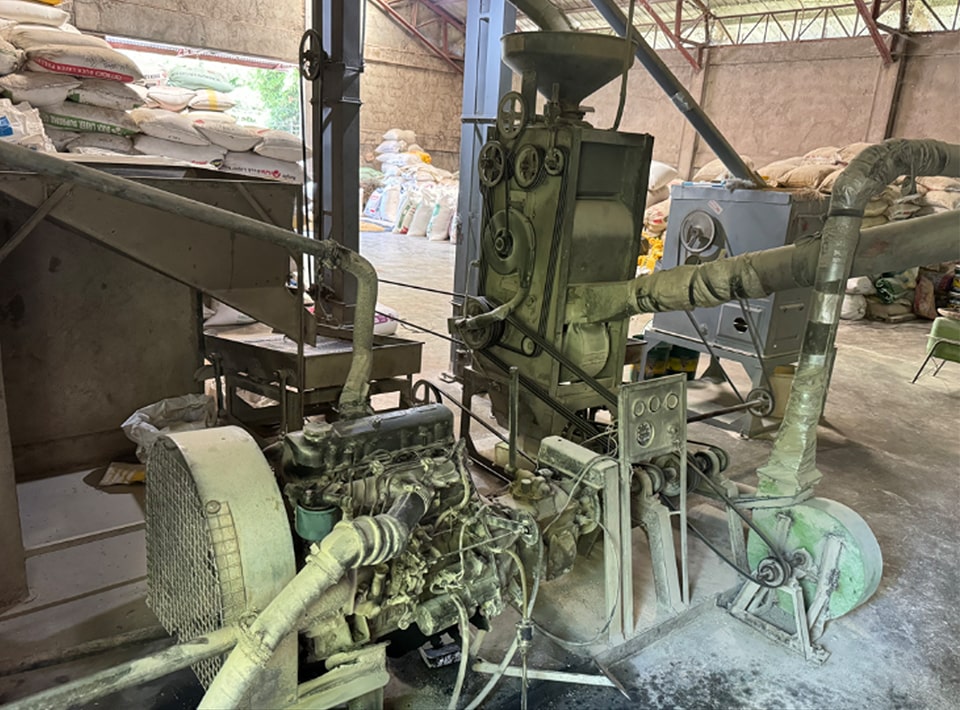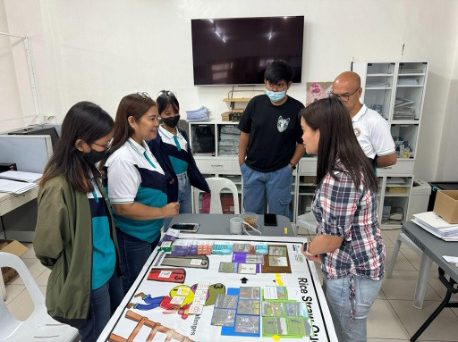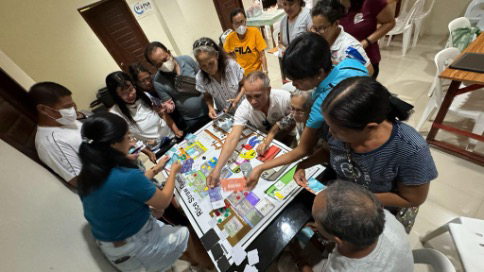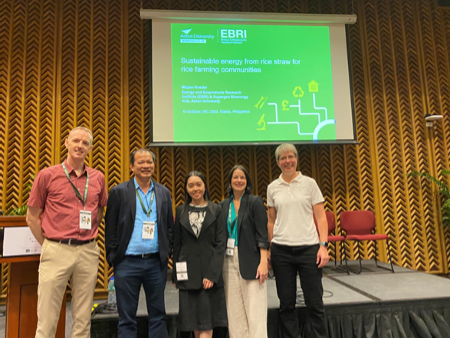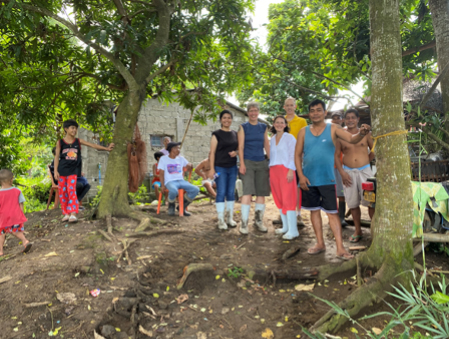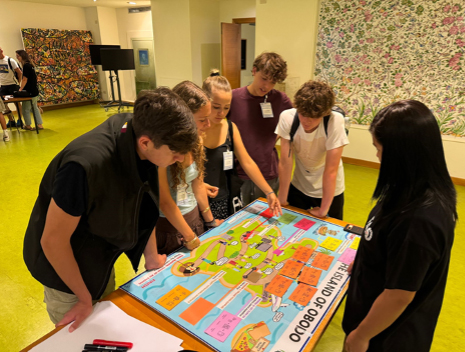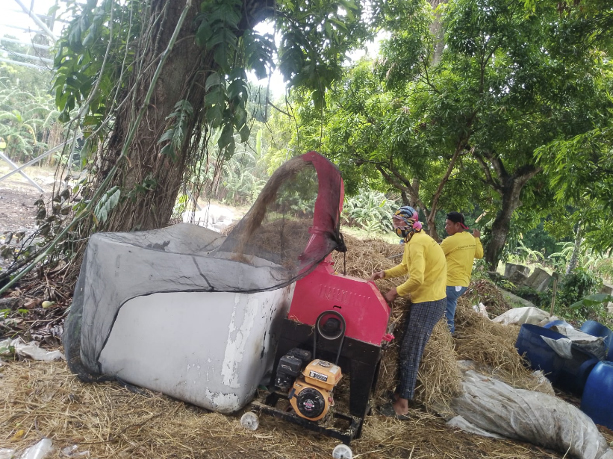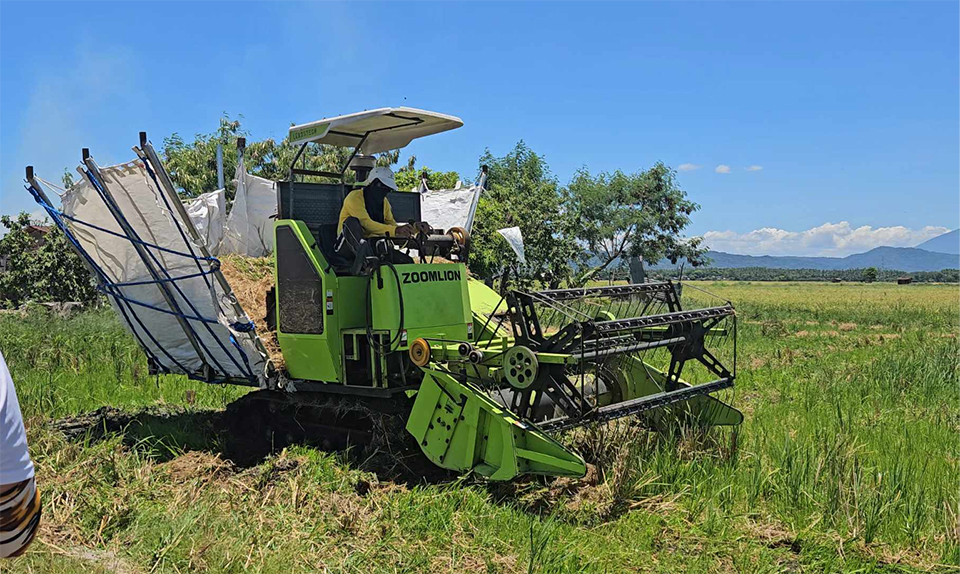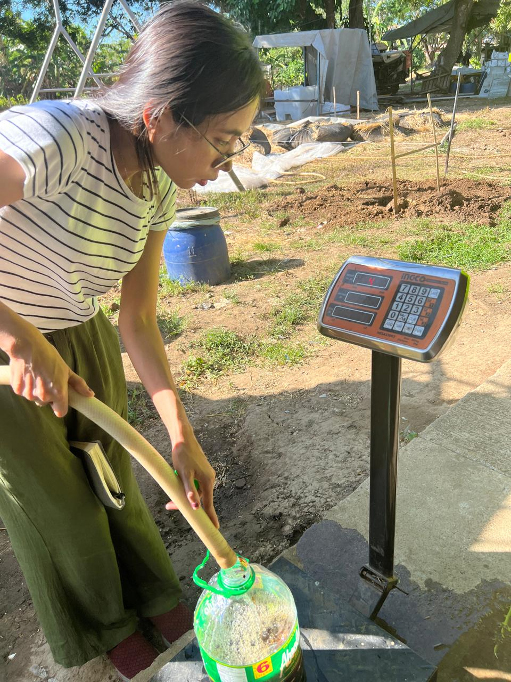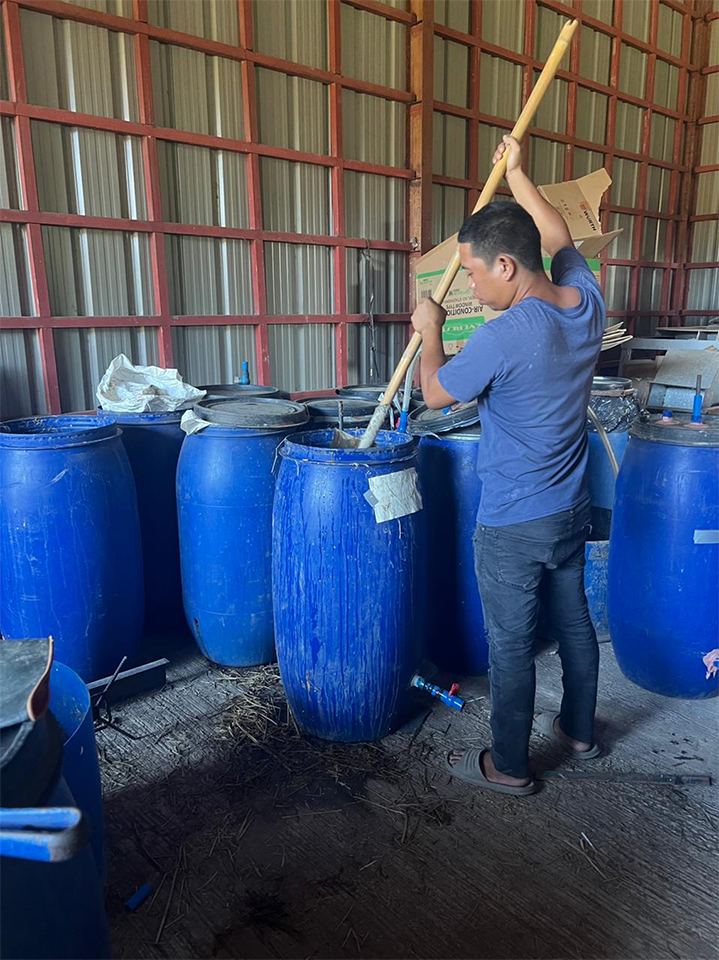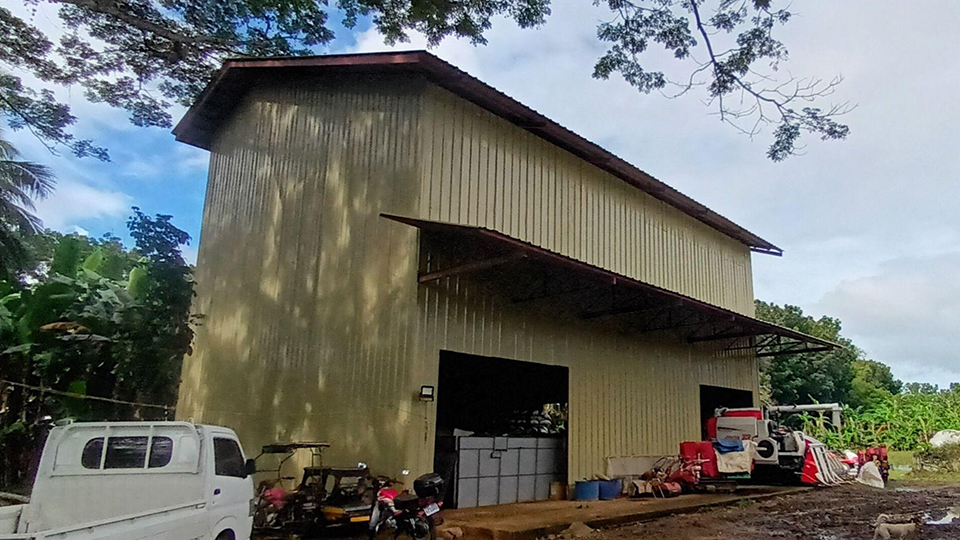Rice Straw Biogas Hub
A collaborative climate mitigation project based in the Philippines, funded by Innovate-UK.
Work Package 5
Exploring alternative approaches to reduce GHG emissions
Before the project began, the team conducted in-depth interviews with rice farmers in Victoria, Laguna. This activity provided valuable insights into local farming practices. It was revealed that these farmers successfully integrated traditional methods with mechanized technologies to boost productivity. This combination significantly reduced production costs, demonstrating how both traditional and modern techniques can be effectively utilized. The team is now exploring the use of biochar as an alternative pathway for removing rice straw from the field and reducing carbon emissions.
1) From Farm to Market: Understanding Conventional Practices, Productivity, and Economic Impacts in Rice Farming in Victoria, Laguna
To gain a comprehensive understanding of rice farming in the Philippines, particularly near the experimental site, farmers in Victoria, Laguna were interviewed about their agricultural practices. Engaging farmers through interviews and surveys enabled the team to collect essential data on productivity, economic factors, and farming techniques. This primary data serves as a critical foundation for life cycle assessment studies, helping to evaluate the environmental and economic impacts of current farming systems. A key focus of the study is to compare the potential benefits of rice straw valorization—such as using rice straw for alternative products or energy— with conventional methods that typically involve returning rice straw to the field.
A life cycle assessment has been conducted using data gathered from conventional farming practices in Victoria, Laguna. The findings will serve as a basis for comparison with rice production utilizing low-carbon emission farming methods of Straw Innovations Ltd.
-
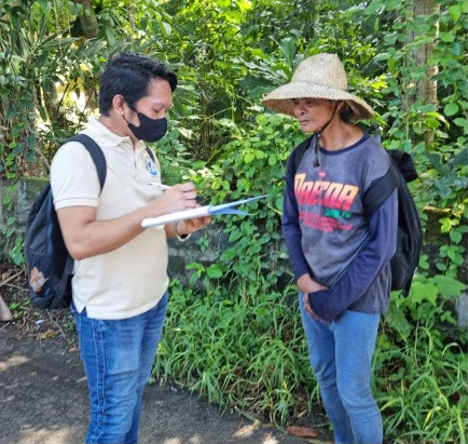
Interview of farmers in Victoria, Laguna regarding their practices in rice farming.
-
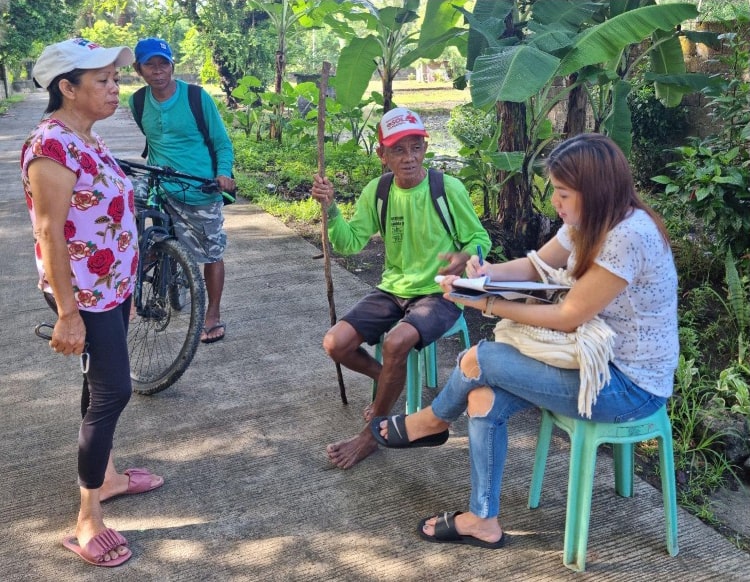
Interview of farmers in Victoria, Laguna regarding their practices in rice farming.
-
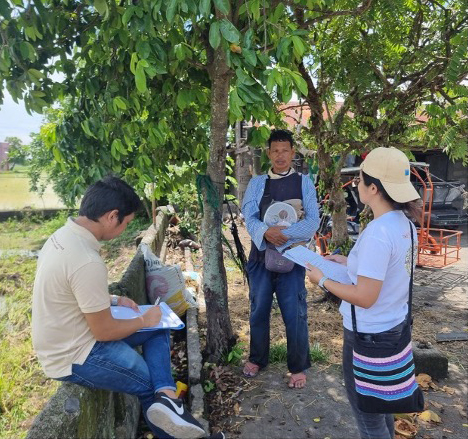
Interview of farmers in Victoria, Laguna regarding their practices in rice farming.
-
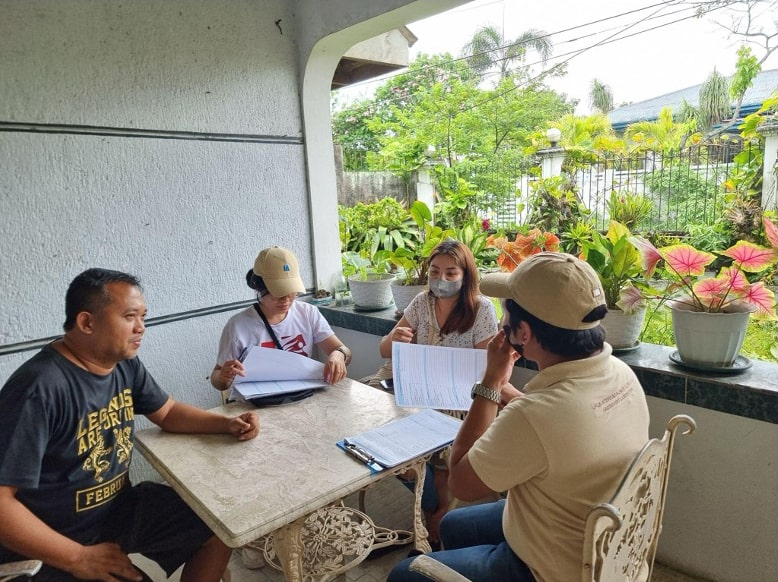
Interview of farmers in Victoria, Laguna regarding their practices in rice farming.
Interview of farmers in Victoria, Laguna regarding their practices in rice farming.
2) Effect of Rice Straw Removal and Incorporation Practices on Greenhouse Gas Emissions
A preliminary study on dry season rice farming in Victoria, Laguna, shows the impact of rice straw management practices on GHG emissions. Understanding greenhouse gas emissions is essential for designing effective strategies to reduce the carbon footprint of rice farming.
The study was conducted in Victoria, Laguna, Philippines, an area with a tropical climate characterized by a distinct wet and dry season. The site chosen for this research consists of experimental rice fields that simulate common rice farming conditions, with two different treatments applied: one involving rice straw removal after harvest, and another where rice straw was incorporated into the soil.
A portable gas analyzer (Gasmet GT5000 Tera Gas Analyzer) capable of detecting GHG emissions such as methane, nitrous oxide, carbon dioxide, and ammonia was used. The measurements were done from November 15, 2023, to March 8, 2024, covering the entire dry season cropping cycle. A detailed record of field activities was maintained, including dates and types of interventions such as land preparation, transplanting, fertilization, irrigation, pest management, and harvesting. These activities were recorded to correlate specific farming practices with changes in GHG emissions.
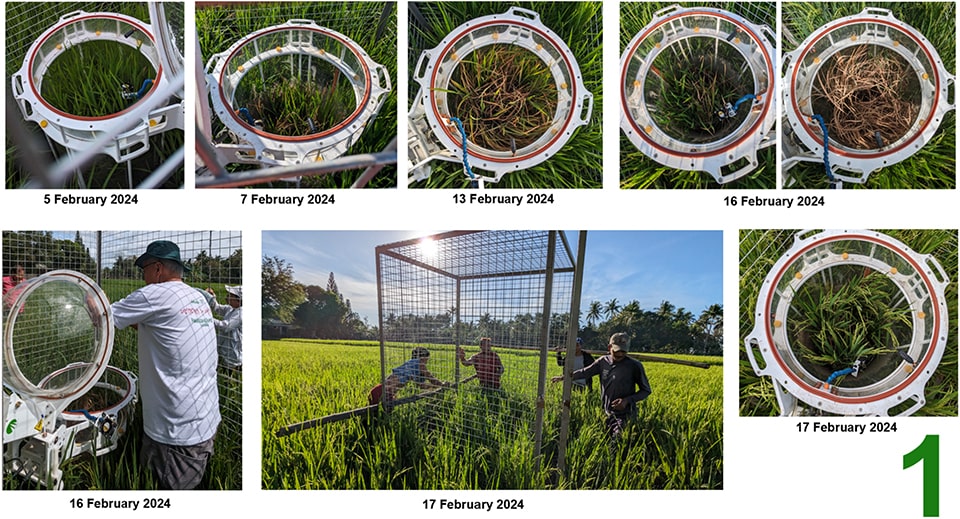
While straw removal shows promise for GHG reduction, the long-term impact on soil carbon balance and fertility requires further investigation. This suggests integrated management strategies that combine optimized fertilization, irrigation, and straw handling to minimize the carbon footprint of rice farming, contributing to sustainable agriculture and climate change mitigation goals. These findings provide a foundation for further research and practical field trials to validate low-emission practices and enhance adoption among farmers.
3) Exploring alternative pathways to lower further GHG emissions (Biochar production)
Exploring alternative pathways for managing rice straw, such as biochar production, offers significant potential for reducing greenhouse gas (GHG) emissions compared to conventional practices like straw incorporation or removal. Biochar production exemplifies biomass valorisation by transforming agricultural waste into multiple value-added outputs.
One primary application of biochar is as a soil amendment, where its ability to improve soil fertility and water retention makes it a high-demand product for farmers and cooperatives. Furthermore, biochar serves as a long-term carbon sink due to its stable form, making it an effective tool for mitigating climate change and earning carbon credits in environmental markets. Its porous structure also enables the adsorption of pollutants, heavy metals, and organic contaminants, making it valuable for water filtration applications. Additionally, biochar can function as a low-emission fuel, providing a renewable energy source.
By valorizing rice straw through biochar production, the harmful practice of open-field burning is avoided, significantly reducing air pollution and GHG emissions. This sustainable approach not only addresses environmental concerns but also creates economic opportunities, highlighting the benefits of biochar production in managing rice straw.
Contact
Let us hear your thoughts!
